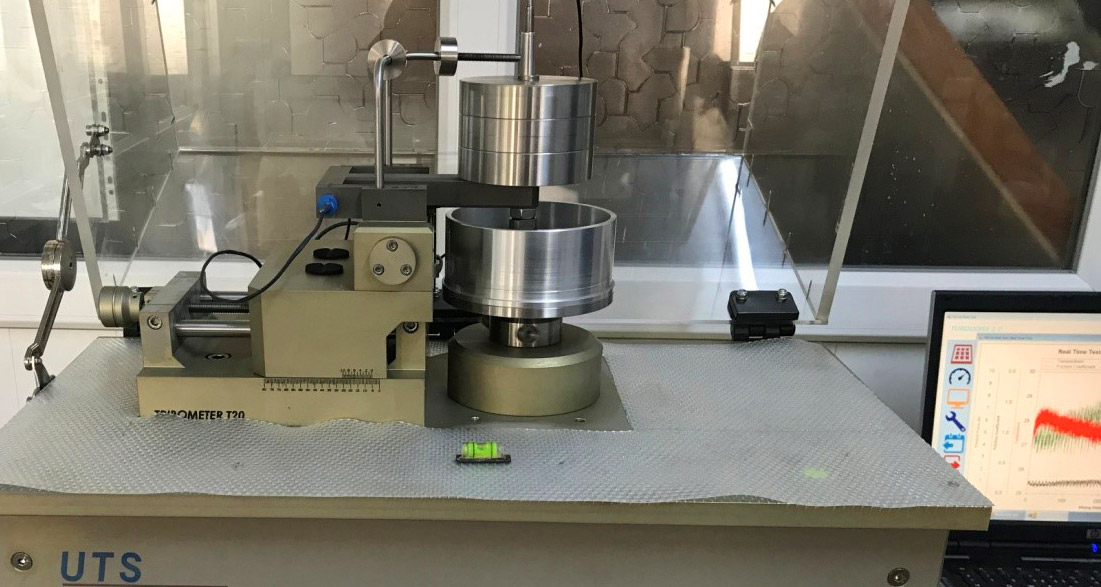

Developed by the German Standardization Institute (DIN), the DIN 50602 standard offers a test method for metallographic examination. Metallographic examination is the microscopic examination of special steels using standard diagrams to evaluate the content of non-metallic inclusions. The full name of the standard is as follows: DIN 50602 Metallographic test methods - Microscopic examination of stainless steels for non-metallic inclusions with image series.

To meet this standard, the following standard was published by the Turkish Standards Institute in our country: TS 3868 ISO 4967 Steel - Determination of non-metallic residue content - Micrographic method applied using standard diagrams.
Non-metallic inclusions in the steel content have many negative effects on the mechanical and physical properties of steel materials. Among these are the features such as breakage behavior of steel, fatigue, toughness, machinability, deformation, polishability and corrosion resistance. These negative effects of inclusions on the quality of steel material differ depending on the amount, composition, size and type of inclusions.
Inclusions generally consist of oxides, sulphides, nitrides and carbides. The first negative effects of inclusions are the nozzle blockage encountered during casting processes. Since the melting temperature of oxide inclusions is high, it generally causes nozzle clogging during casting processes. The deterioration of the mechanical and physical properties that occur during the rolling processes and manifest themselves in the final product are the significant negative effects of inclusions. These negative effects are tried to be eliminated in recent years by modifications of inclusions.
In order to prevent fatigue risk in high strength steels, high steel cleaning is required. Tension area is formed around the hard inclusions and this situation fatigue causes cracking to start and spreading of the crack.
Among the services provided by our organization within the framework of metallic testing services, there are also DIN 50602 standard tests.
To get an appointment, to get more detailed information or to request an evaluation, you can ask us to fill in our form and reach you.